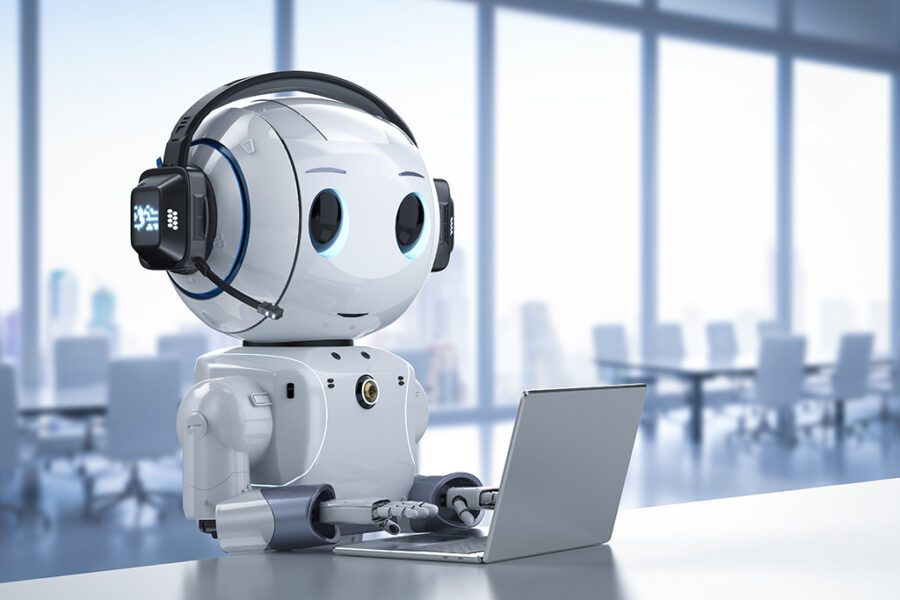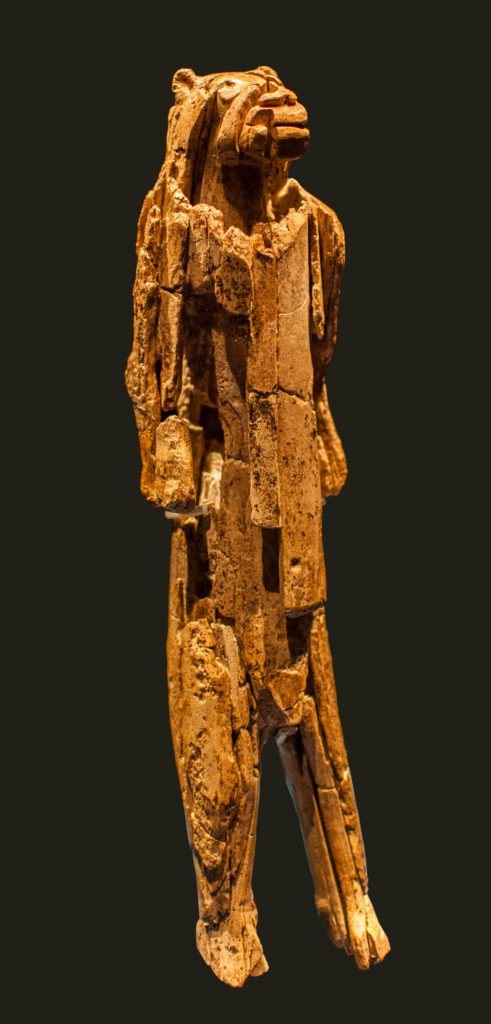
Artificial general intelligence (AGI) is the ability of an intelligent agent to understand or learn any intellectual task that a human being can.
Recently, AGI has been in the news with the Lambda sentient discussion
We tend to think of AGI as a technical (algorithmic / data-driven) concept
But the driver for AGI in our lives could be cultural rather than technical due to the human tendency for Anthropomorphism
Anthropomorphism is attributing human traits, emotions, or intentions to non-human entities. It is considered to be an innate tendency of human psychology.
Anthropomorphism is all around us

Religion and mythology Horus – the Egyptian falcon-headed God
Fables Aesops fables
Fairy tales Grimm brothers
Modern literature Alice in wonderland, Chronicles of Narnia
Comic books Manga
Films – Disney / Pixar
video games Sonic the hedgehog
Marketing – mascots, logos, etc
Anthropomorphism is so endemic that when anthropomorphic AGI robots come along, we will take them for granted.
Or could we?
Although there is a cultural acceptance to anthropomorphic objects, anthropomorphic AGI differs in one critical manner: that the interaction is two-way.
In practice, that means, the context of the anthropomorphic AGI matters
The ‘Boston dynamic’ dog-;like robot could potentially be a weapon of war or security
It’s not a pet
It may not show empathy and may not expect empathy
A carer robot, on the other hand, would be programmed to be empathetic and would also expect an empathetic response
So, while acceptance of anthropomorphic AI could be cultural. the implementation details could be very specific and technical
Image source Wikipedia the 35,000 to 40,000-year-old Löwenmensch figurine
The Löwenmensch figurine, also called the Lion-Human of Hohlenstein-Stadel, is a prehistoric ivory sculpture discovered in Hohlenstein-Stadel, a German cave in 1939. The German name, Löwenmensch, means “lion-person” or “lion-human”.
